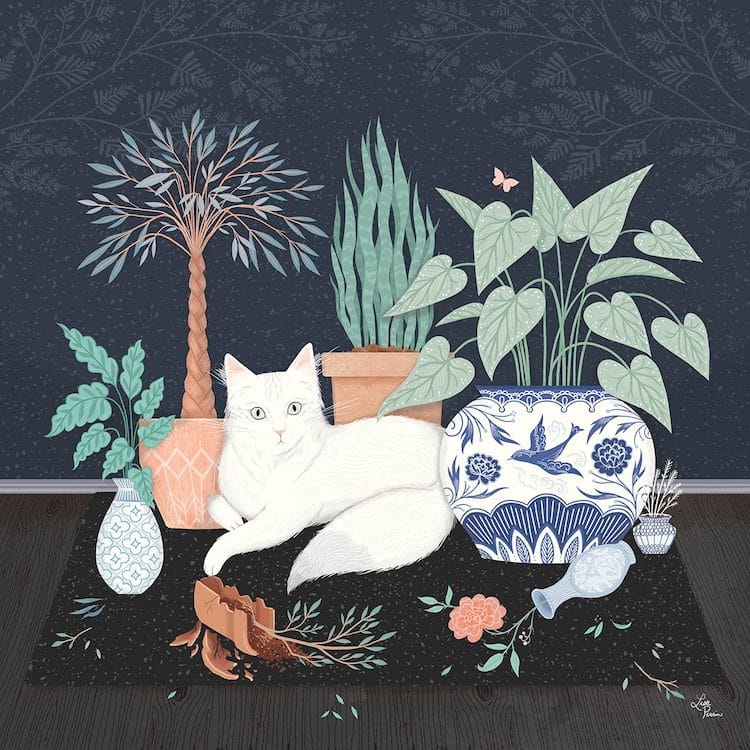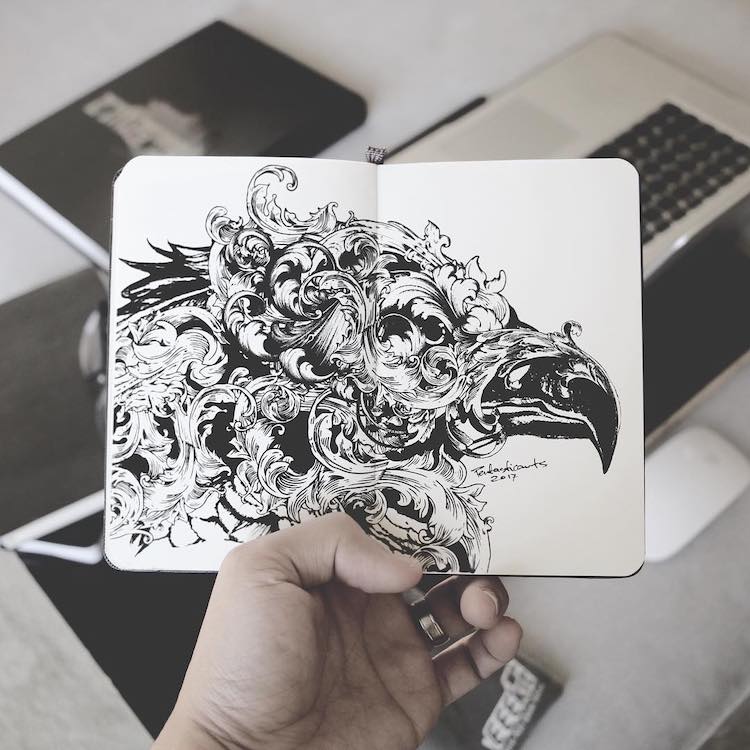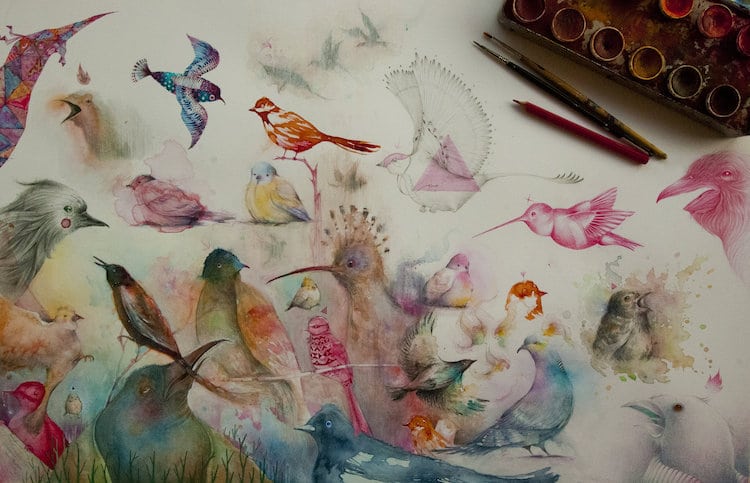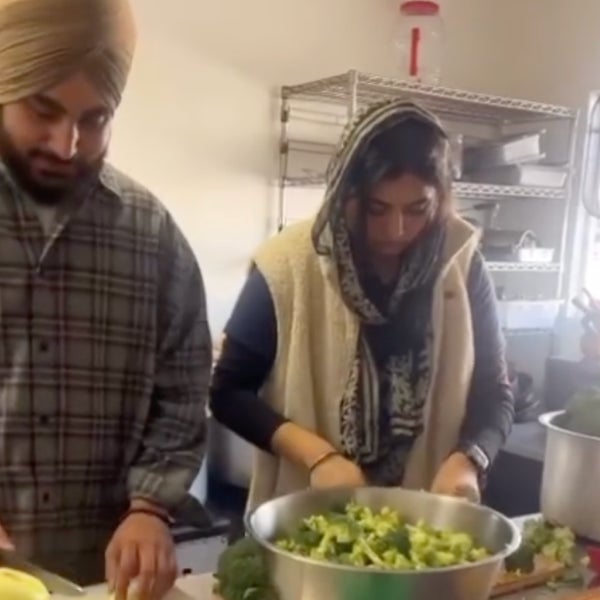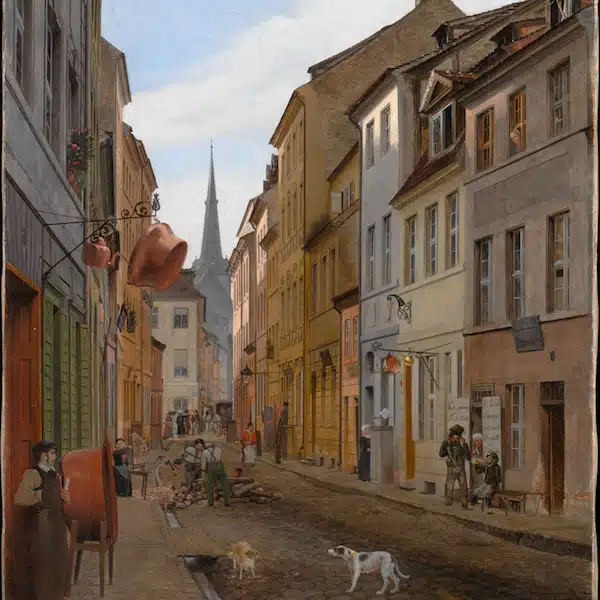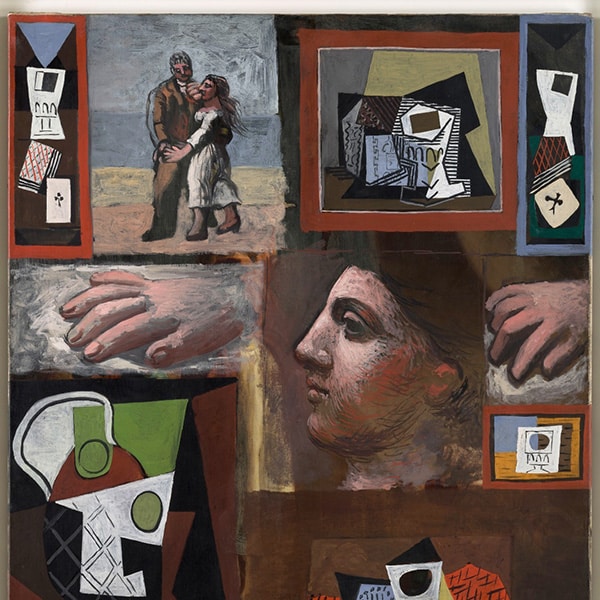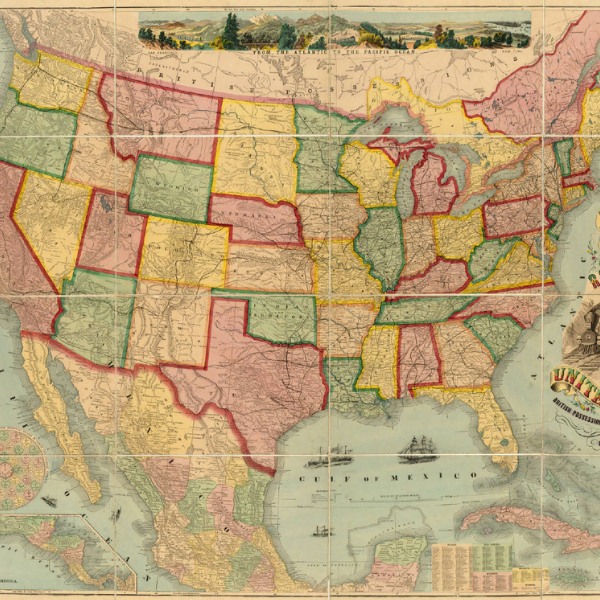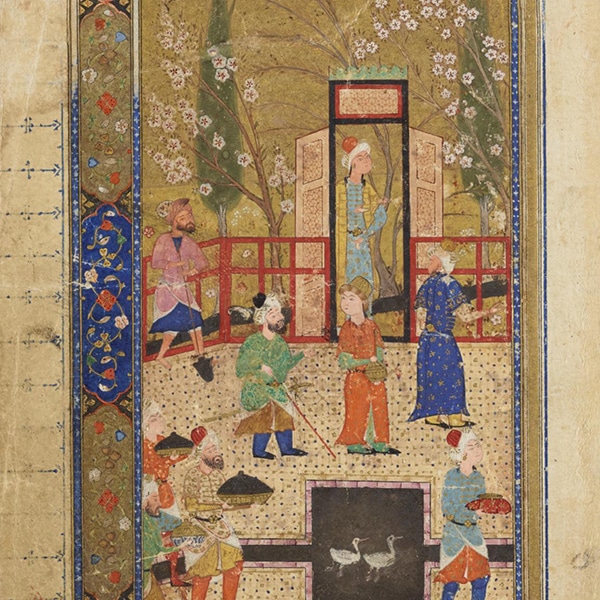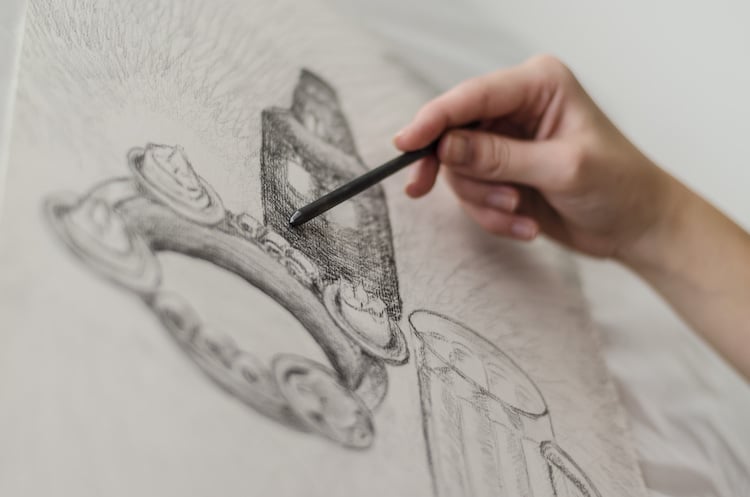
Stock Photos from Dreadek/Shutterstock
This post may contain affiliate links. If you make a purchase, My Modern Met may earn an affiliate commission. Please read our disclosure for more info.
Drawing can be challenging. You can practice for decades and never feel like you’ve fully mastered it. But don't let this fact get you down. This notion is what keeps many of us drawing; you’ll always feel like there are more interesting and fun subjects to sketch!
If you’ve waited until adulthood to start drawing, just know that it’s never too late. By learning the essential techniques and committing to hours of practice, you’ll be impressed by your progress even after a short period of time. There are many ways to go about this, whether it’s by taking online classes, watching YouTube tutorials, or reading through books. Each platform offers its own drawing tips and tricks that will make you a better artist.
To get you started on your path to sketching, we’ve spoken with some of our favorite artists about their best drawing tips. From how to get inspired to improving your skills, these are tried and true suggestions that these artists have figured out over many years of dedicated drawing.
Drawing Tips: How do you find inspiration?
Finding inspiration for your drawing is something you have to work at no matter how many sketches you've completed. Just as writers experience writer's block, artists can have these same creative impediments. One simple solution? “Make a list of things you like to draw,” illustrator Lisa Perrin recommends to My Modern Met, “and refer to that list when you feel stuck.”
Joseph M. Catimbang, aka Pentasticarts, is always on the lookout for inspiration. “Draw anywhere you are,” he says. Catimbang is ever-prepared to sketch.
“I always carry a pocket sketchbook wherever I go,” he explains. “It helps me do my conceptualization. Whenever I get an idea I have my pocket sketchbook with me so I can create a rough sketch of what I was thinking at the moment, I would later use these concepts to create final illustrations either for a personal project or a collaboration.”
Artist Vorja Sánchez echos this sketchbook carrying tip. “I always take a sketchbook with me. Always,” he tells My Modern Met. “And don't use that notebook with the [goal of making] it beautiful, just understand that it is a good tool to improve. Write down ideas there… draw elements of the street or the forest. The drawings of the sketchbook should replace a good part of the photographs we would make.”
Don't be afraid to switch up your subject matter, either. “Once you consider that you have mastered some elements [such as trees, hands, and portraits] abandon them for a while,” Sánchez encourages. “In this way, your personal ‘images stock' will be increasingly wider.”
Always strive to make your drawing style your own, no matter what artist influences you. For this, Sánchez has this helpful tip. “If you like the work of an artist, do not get influenced by their work, try to discover what their influence is. The purer your influences, the more personal your work will be.”
